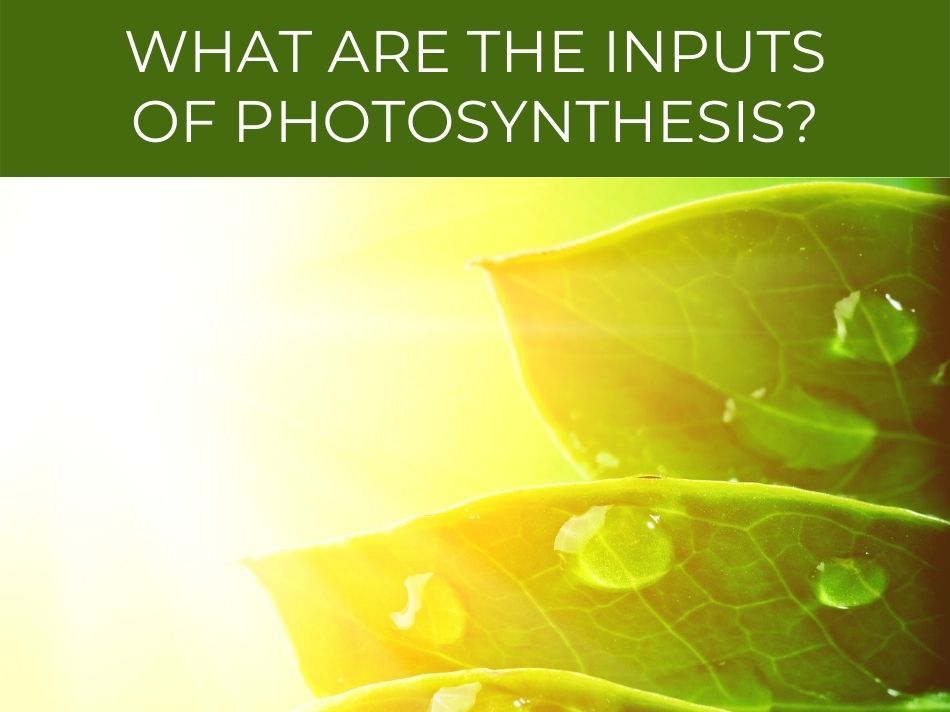The process of photosynthesis through which plants make food is not only vital for their survival but also has an impact on all life on earth. Plants are the basic and key component of many ecosystems and are the most important producer of oxygen, on which all life depends.
The inputs of photosynthesis are water, carbon dioxide, and light. Photosynthesis is the process that produces a chemical reaction that produces a form of sugar called glucose, which plants use for chemical energy.
Referring to molecules, oxygen, and chemical reactions sounds a bit like a scientific experiment. In this post, we unpack the process of photosynthesis, so it will become clearer what goes into photosynthesis and how those inputs are used.
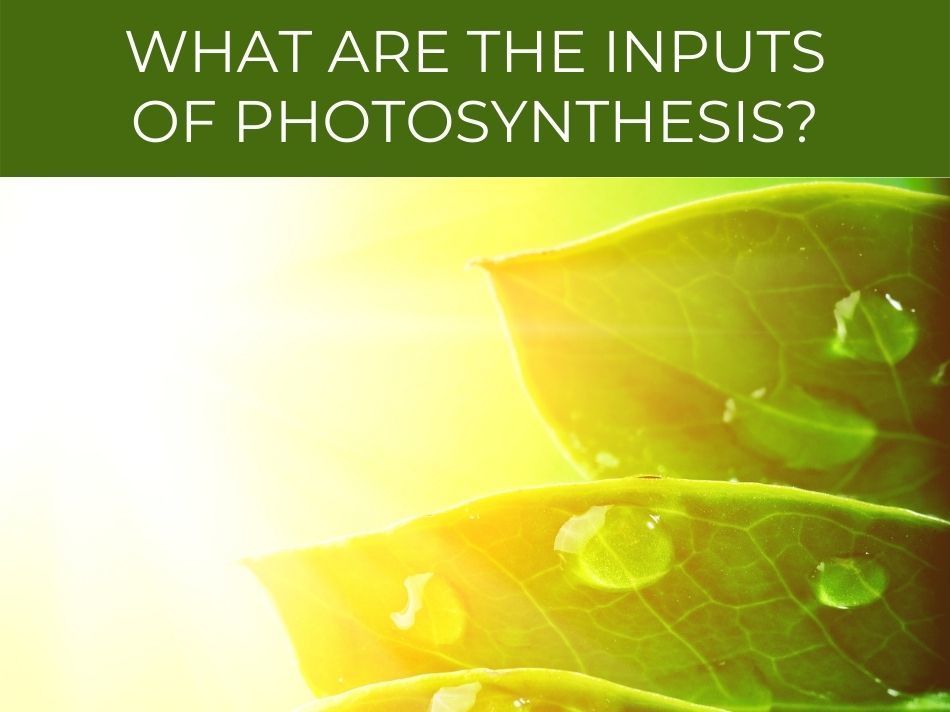
What are the inputs of photosynthesis?
The inputs of photosynthesis are the items necessary for the process. Two of these consist of the elements necessary to make food: carbon dioxide (which is made up of carbon and oxygen) and water, which consists of hydrogen and oxygen. The last input is sunlight.
The basis of the process of photosynthesis is that carbon dioxide and water are combined in a way that produces a chemical reaction that results in the elements being rearranged so that sugar is produced.
This means that the bigger inputs into the process are water and carbon dioxide.
However, the very basic inputs are carbon, oxygen, and hydrogen.
Another input is also sunlight, which contains the energy necessary for the chemical reaction to occur.
Find out which organelle performs photosynthesis.
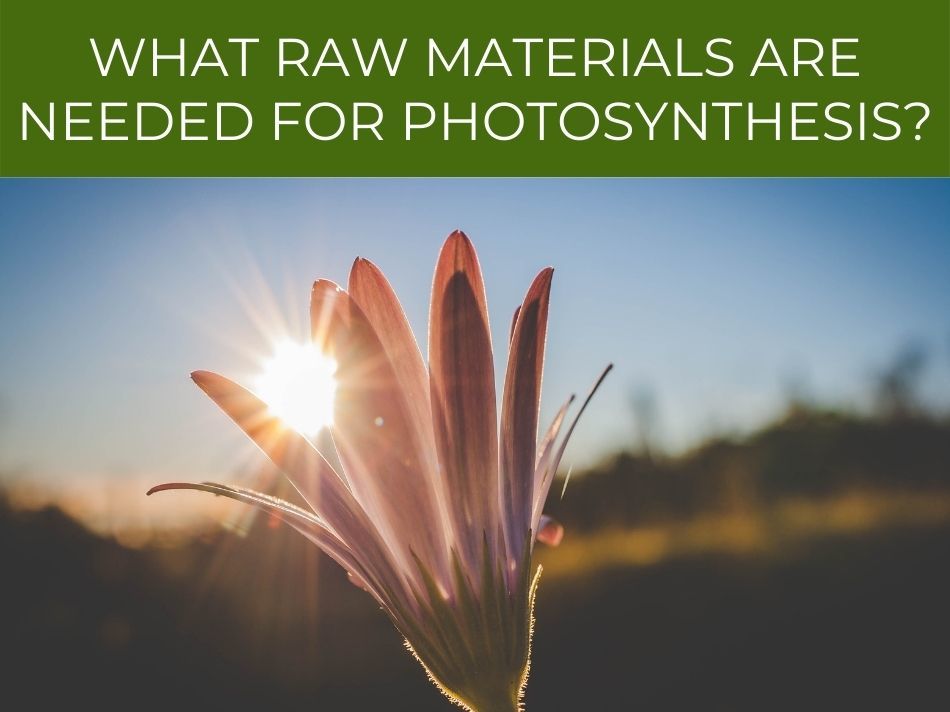
What raw materials are needed for photosynthesis?
The raw materials necessary for photosynthesis to occur are water, carbon dioxide, sunlight, and chlorophyll.
Water is made up of oxygen and hydrogen and both elements are part of the compound that makes sugar.
On its own, oxygen is very important in photosynthesis and in the cycle of a plant.
Carbon dioxide contains carbon and oxygen, both of which are also key components of a sugar molecule.
The final raw material, sunlight, does not become part of the sugar molecule.
The role that sunlight plays in photosynthesis is to provide the energy needed for the chemical change to occur that produces sugar.
This light is captured by chlorophyll, which is found in the chloroplasts of plant cells, so photosynthesis could not occur without this pigment.
FInd out where in plant photosynthesis occurs.
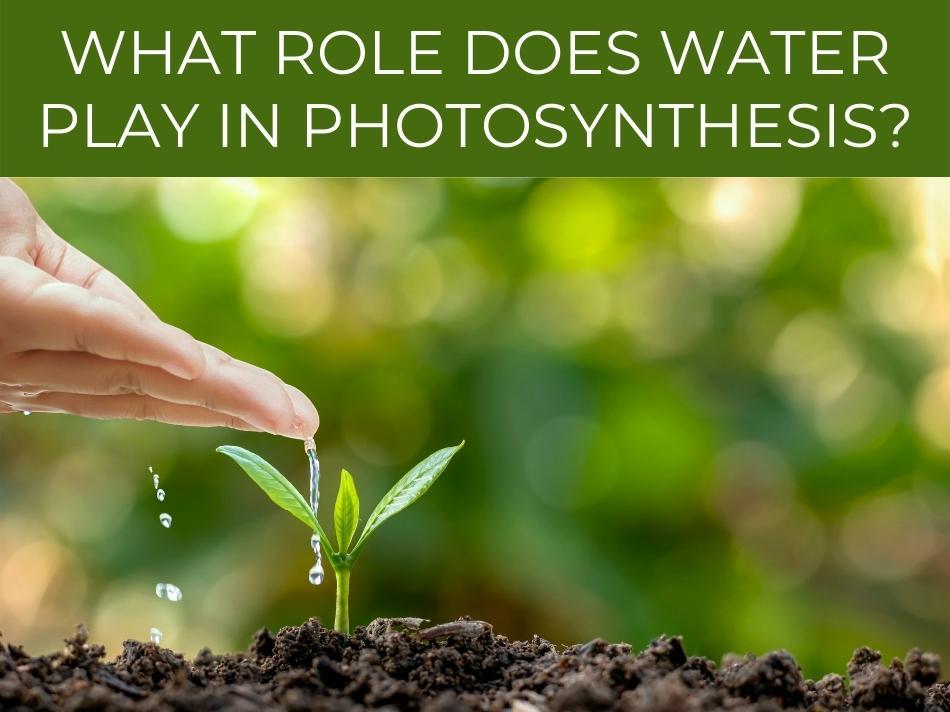
What role does water play in photosynthesis?
Water is central to the process of photosynthesis, because it contains hydrogen and oxygen, both of which are necessary for photosynthesis to occur and are key components of the sugar molecules produced by the process.
Water consists of both oxygen and hydrogen molecules.
The form of sugar produced through photosynthesis consists of hydrogen and oxygen molecules combined with carbon.
This means that water has many of the basic elements to produce the energy that is necessary for a plant to survive.
Water also produces electrons to replace any that may be lost during photosynthesis.
This makes the role of water in photosynthesis twofold.
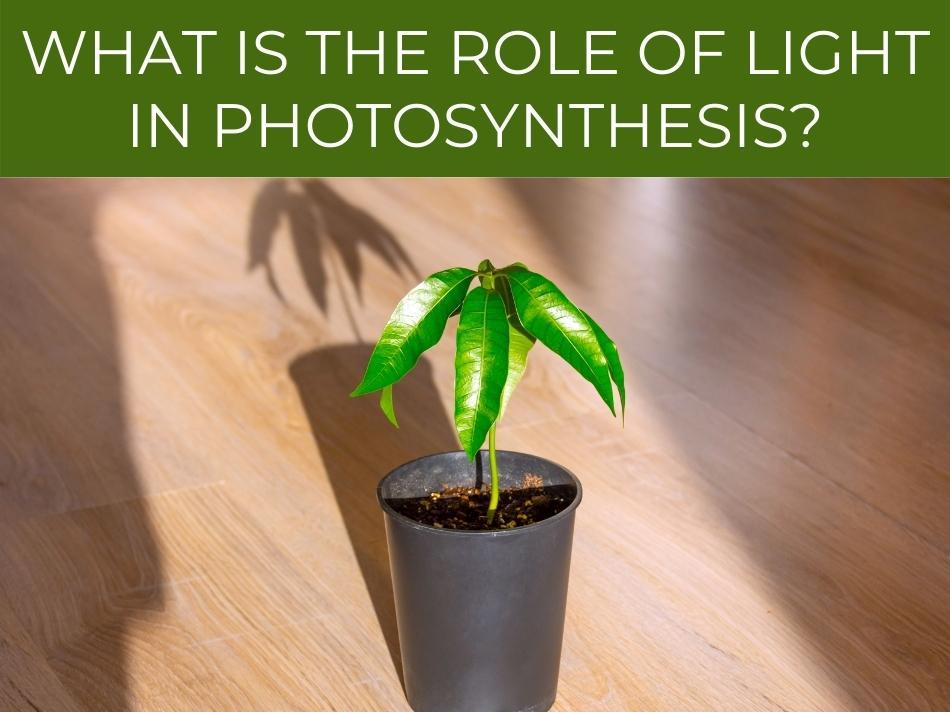
What is the role of light in photosynthesis?
Light plays an important role in photosynthesis, because it provides the energy necessary to synthesize carbon dioxide and water. The process could not occur without the energy from sunlight.
Photosynthesis is the process whereby carbon dioxide and water are brought together, or synthesized, to result in a chemical reaction, which produces a new substance.
This is sugar in the form of glucose, which is the basic food for a plant.
The chemical reaction necessary for this to happen needs a form of energy, which is gathered from sunlight.
Chlorophyll is in the chloroplasts that are found in the leaves and some parts of the stems of plants.
It is the chlorophyll that captures the sunlight.
Without it, no chemical reaction could take place and no food would be produced for the plant to grow.
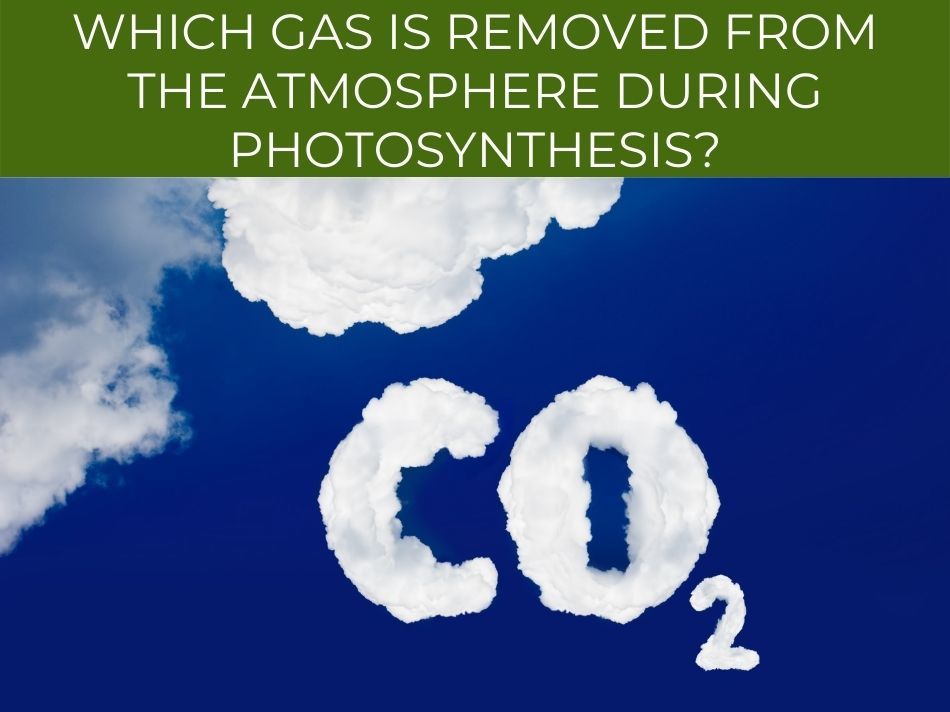
Which gas is removed from the atmosphere during photosynthesis?
Photosynthesis removes carbon dioxide from the atmosphere. Although photosynthesis also requires water, most plants obtain water from their roots; air plants (Tillandsia) are one of the few plants that obtain & remove water vapor from the atmosphere.
Carbon dioxide and oxygen are both necessary for photosynthesis and are key components of the sugar molecule produced by photosynthesis.
Some oxygen is also released back into the atmosphere.
This means that both gases are removed from the atmosphere, but carbon dioxide is not released again.
The respiration of plants is linked very closely to photosynthesis.
Respiration takes in oxygen and produces carbon dioxide, so both gases are involved in the whole process of survival and growth of a plant.
Find out what’s the most abundant gas in the atmosphere.
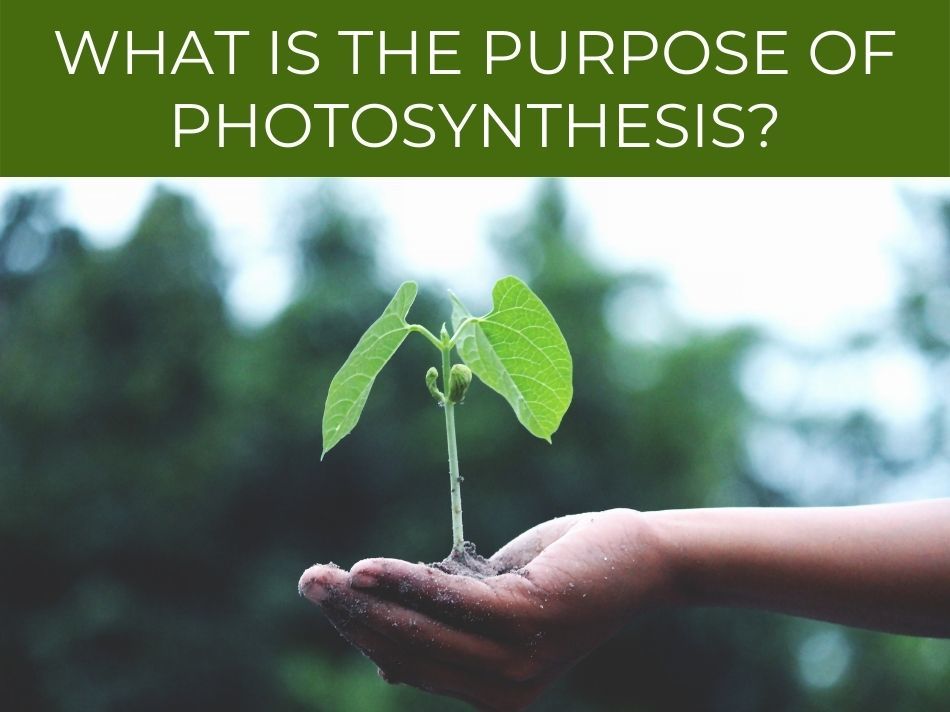
What is the purpose of photosynthesis?
The purpose of photosynthesis is to produce energy in the correct chemical form that a plant needs to survive. This means producing the correct form of sugar from which a plant gets its energy.
Plants are autotrophs, which means they don’t get food from outside sources.
They make their own food within their own cells.
The process of producing food is photosynthesis.
This means that photosynthesis is essential for a plant’s survival.
Plants are at the bottom of food chains and are integral parts of ecosystems.
Without plants, entire ecosystems would be destroyed.
This makes photosynthesis and the production of food essential for life generally.
See where photosynthesis takes place.
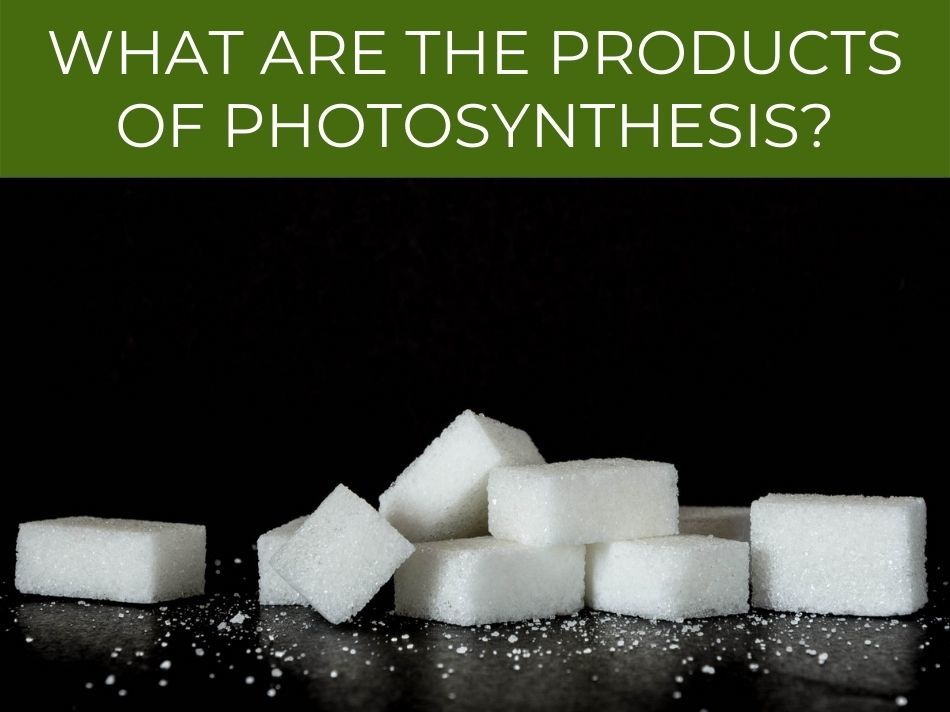
What are the products of photosynthesis?
The main products of photosynthesis are sugar (in the form of glucose) and oxygen, which can also be described as a by-product.
Photosynthesis is a chemical reaction between the raw materials of carbon dioxide and water.
This is only possible in the presence of light energy.
The reconfiguration of the carbon dioxide and water molecules creates a new compound, which is a form of sugar.
The sugar found in plants is usually glucose.
Some oxygen is separated from the sugar molecules and is really a by-product of the process.
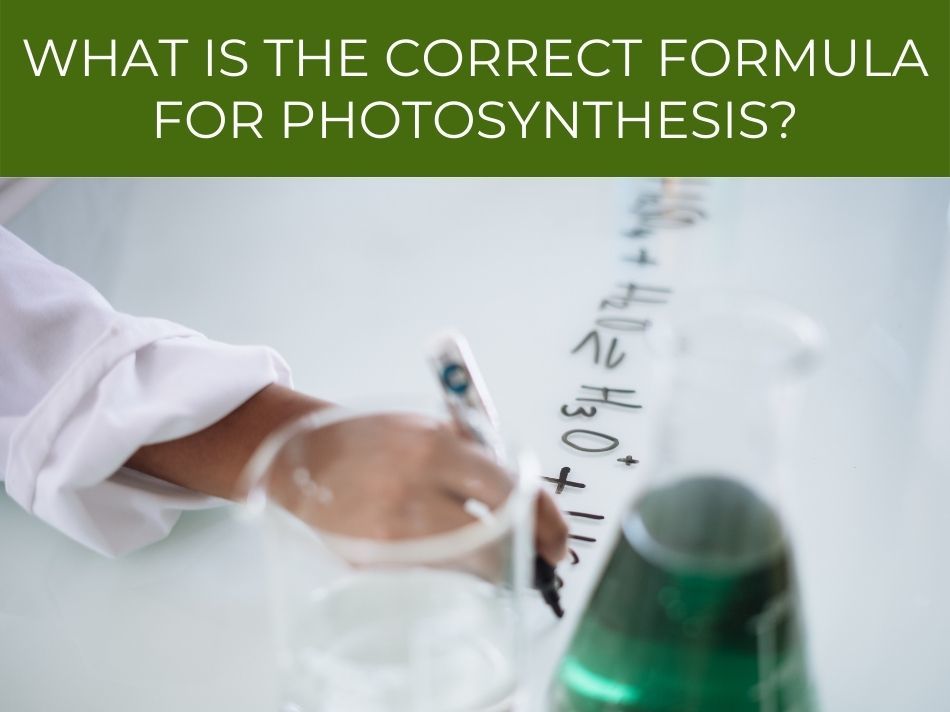
What is the correct formula for photosynthesis?
The correct formula for photosynthesis is 6CO₂ + 6H₂O = C₆H₁₂O₆ + 6O₂
The formula for a chemical reaction refers to the correct elements being combined in the correct, relative amounts and configuration.
The formula for photosynthesis is a combination of the correct amount of specific elements in the correct relation to producing a new configuration of the same elements.
The first stage of the formula for photosynthesis indicates six molecules of carbon dioxide (made up of one molecule of carbon and two of oxygen) and water (made up of two molecules of hydrogen and one of oxygen).
These are combined to form a compound made up of six molecules of carbon combined with twelve molecules of hydrogen and six molecules of oxygen.
Six molecules of oxygen are produced as a by-product.
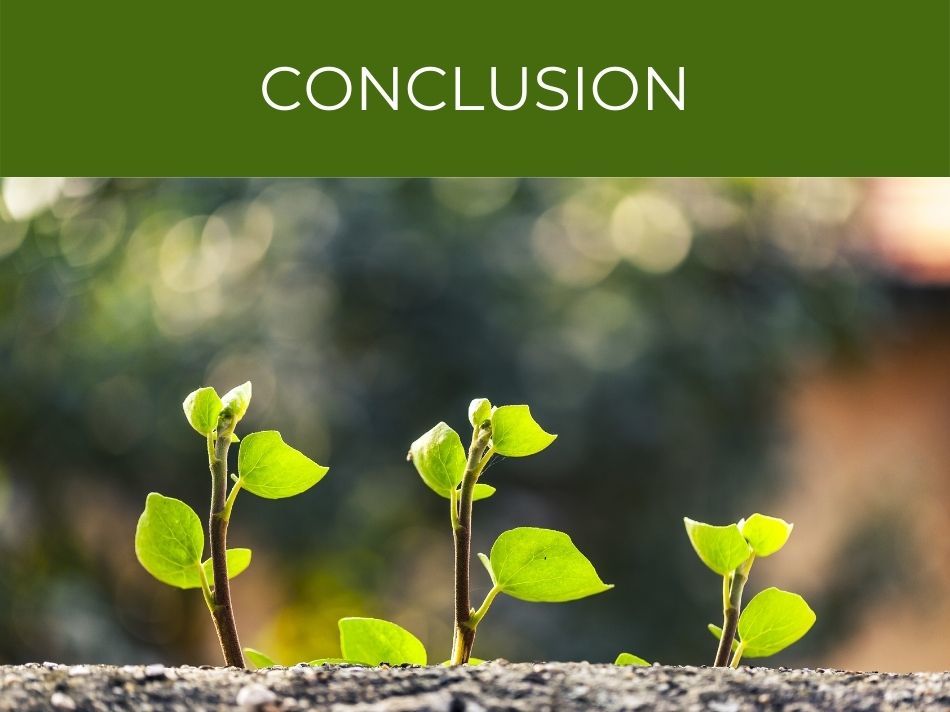
Conclusion
Photosynthesis is not a mysterious process but has a perfectly clear scientific explanation. The raw elements of water and carbon dioxide are brought together in the cells of plants in the presence of energy from sunlight, which is trapped by chlorophyll. These inputs interact in a way that produces a form of sugar, called glucose, which is the food plants need to grow. It is also the basis of much of life on this planet.

